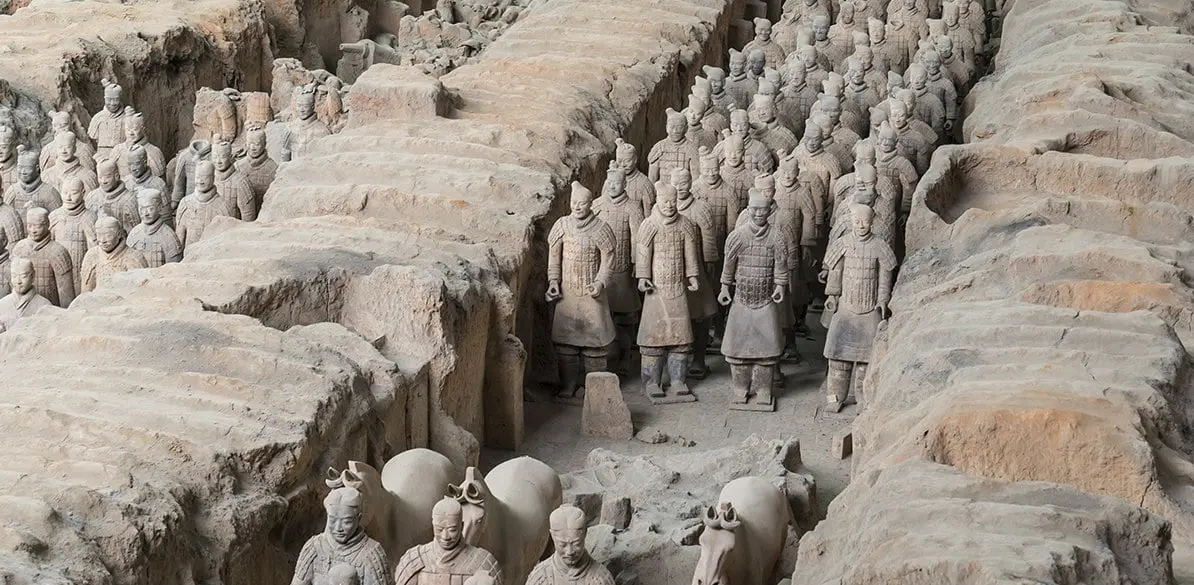Redefining the long-term
A new conception working on social innovation projects

But an interesting thought grabbed my attention on this latest trip, through finally being able to visit the Terracotta warriors of Xian, a place of indescribable beauty and historical relevance, comprising 8,000 figures of soldiers, each with individual features, that accompany Qin Shi Huang, the first emperor of a unified China between 221-210 BC.
These warriors were discovered by chance in 1974 by a group of farmers and restoration work has been continuing since then, with it taking eight months to restore each warrior; all except one, the “Lucky Warrior”, the only one that was rescued completely in one piece. Up until now only 3% of the mausoleum has been revealed and the tomb of Eperor Qin remains intact.
Originally the warriors were covered in color, but this disappeared rapidly shortly after being exposed to the air. This is the main reason, apart from the fact that there are high concentrations of mercury in the area, for not yet having opened the emperor’s tomb, as technology has not yet reached a level to guarantee that this historical heritage can be rescued in its full splendor. They don’t know is this will take ten, fifty or hundreds of years and neither does it trouble them.
How possible would this be in the West? What politician or archaeologist could resist the temptation to take the credit or feel an adrenaline rush at discovering such a historic find? The long-term view taken by the Chinese is something worth thinking about, even more so when we tackle social innovation projects, where the results could show specific KPIs in the short term, but the transformation we are seeking most certainly requires a long-term vision. For the time being, I hope to discover more about the stories and discoveries that emerge from Emperor Qin’s tomb within my own lifetime. But I would infinitely prefer future generations to be able to appreciate this wonder of the world in all its glory, and so we have to wait another thousand years.
